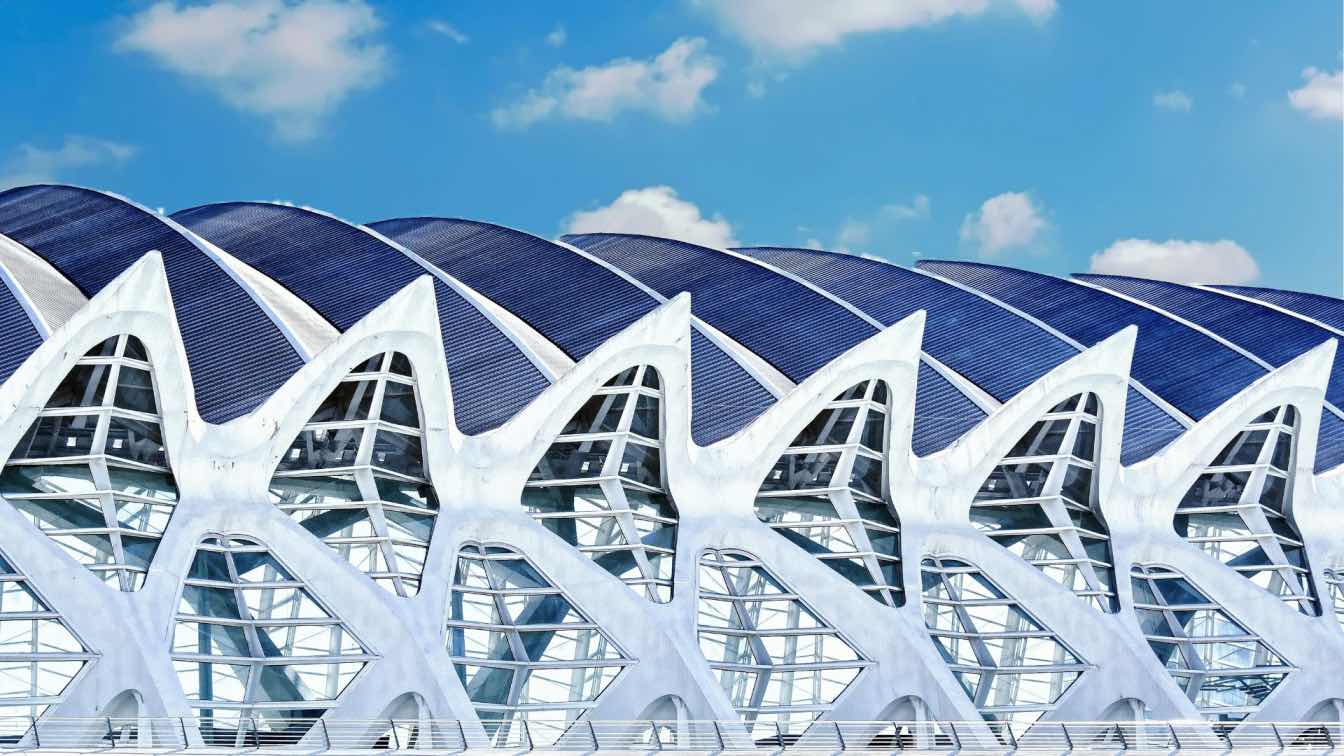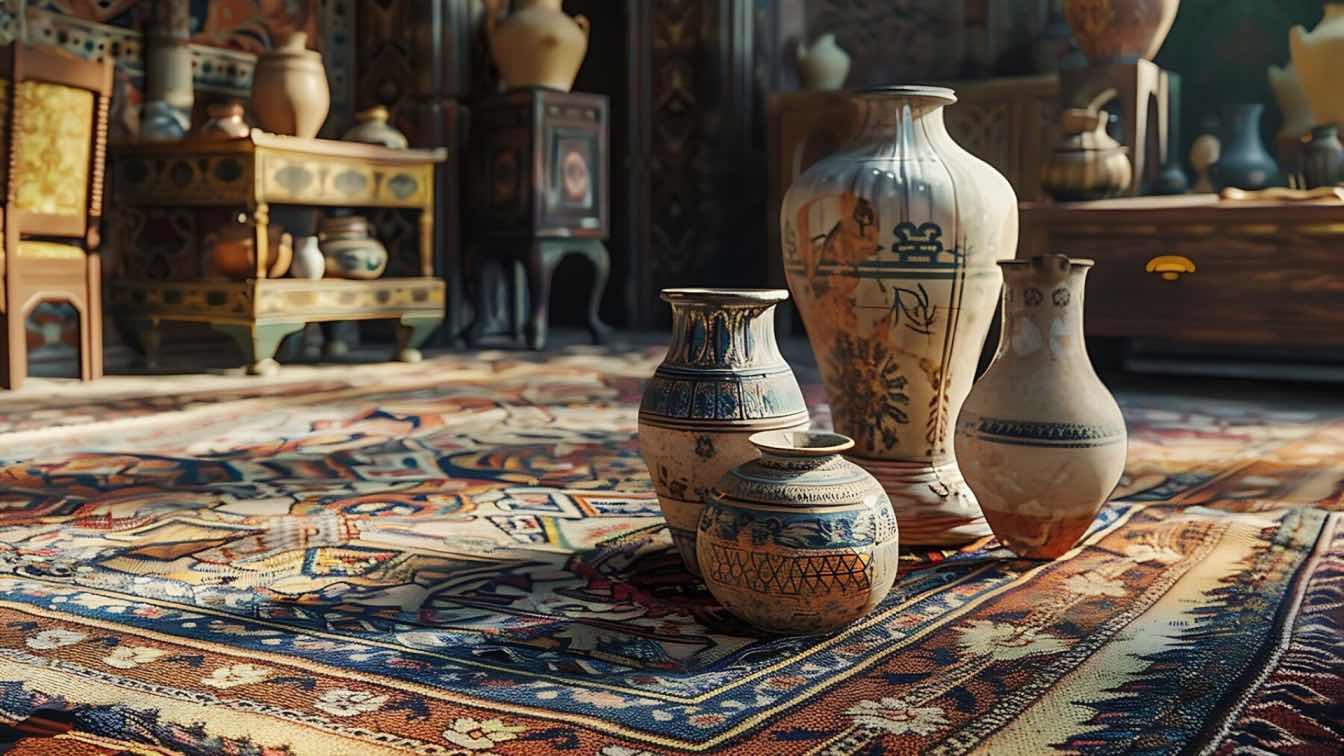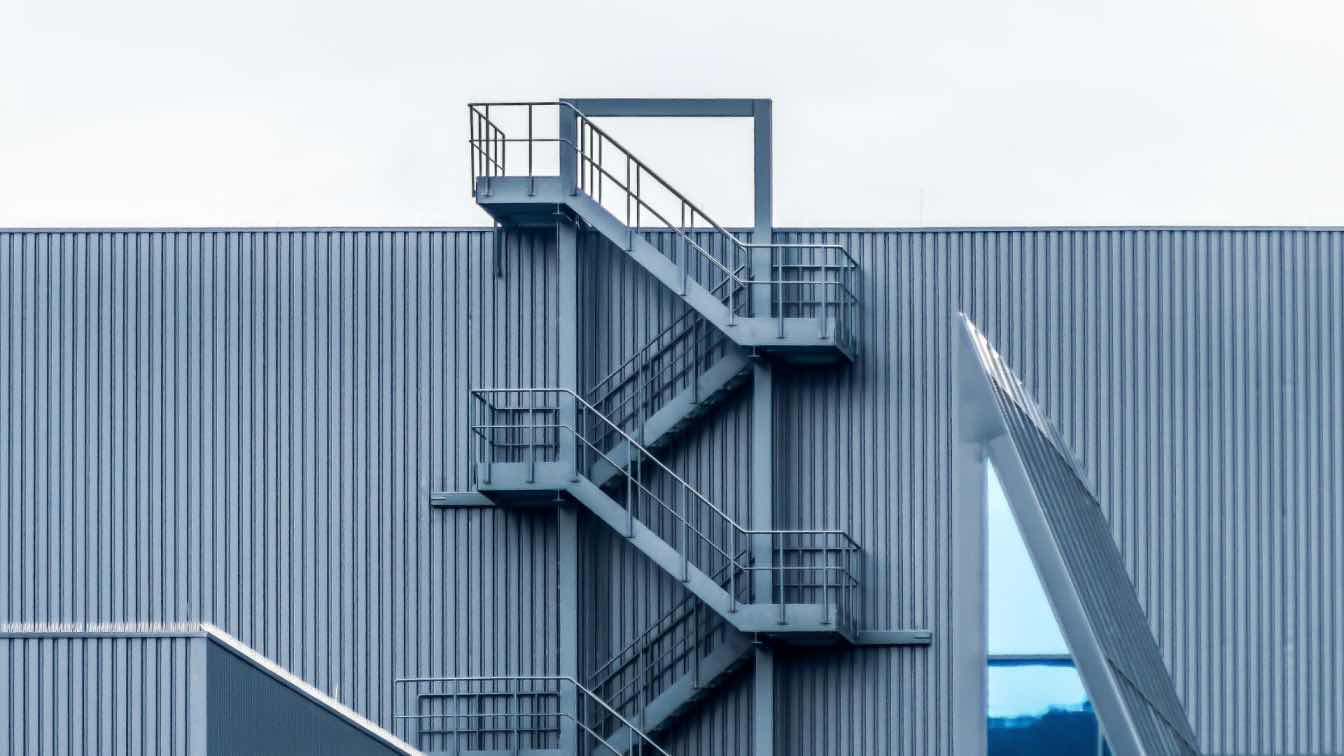The roofing industry has taken bold strides, leveraging technology to transform both the functionality and aesthetics of buildings. Innovative materials are now at the forefront, significantly extending the lifespan of roofs and enhancing energy efficiency.
Smart roofing systems equipped with advanced sensors and materials that self-heal or change properties according to the weather are no longer futuristic concepts but current realities. The industry's progress also includes the use of solar tiles which blend the benefits of photovoltaic technology with appealing designs, meeting both energy needs and aesthetic preferences.
With the introduction of software centered on 3D modeling and business analytics, roofing contractors now experience increased productivity and offer you insights into the performance of your roofing system like never before.
Photo by Frans van Heerden on Pexels
Evolution of Roofing Technologies
Advancements in roofing technology have significantly influenced modern architecture, providing various smart and sustainable solutions for buildings.
Smart Roofing Systems
With the advent of smart roofing systems, you now have the potential to turn your roof into a multifunctional space.
These systems integrate sensors and other technologies that monitor the health of the roof and provide data-driven insights for maintenance. Advanced roofing tech also includes options for harnessing solar energy, and optimizing the energy efficiency of your building.
Materials Technology Breakthroughs
Modern breakthroughs have brought forth materials with remarkable properties—from highly reflective surfaces that mitigate heat gain to self-healing materials that repair themselves.
For those keeping pace with the trends in contemporary architecture, understanding these materials is essential, as they provide long-term value and durability, while also meeting aesthetic requirements.
Impact on Energy Consumption and Efficiency
Your architectural projects stand to gain significantly from modern roofing technologies, especially in the realms of energy consumption and efficiency.
By integrating cutting-edge materials and designs, you can significantly reduce energy use, make your projects more appealing to investors, and contribute to a more sustainable future.
Solar Roofing Advancements
Today's solar roofing materials are seamlessly integrated into the building's design, often mimicking traditional roofing materials.
Solar shingles, for example, offer both protection from the elements and energy generation capabilities. By harnessing renewable energy directly from your roof, you tap into a source that's not only abundant but also significantly reduces reliance on conventional power grids.
Thermal Insulation Innovations
Effective thermal insulation is a cornerstone of energy-efficient building design. It's all about maintaining a desirable indoor temperature with minimal energy input.
Innovations like vacuum insulation panels and phase-change materials directly contribute to this goal, as they offer high-performance insulation in thinner profiles, minimizing thermal bridges and reducing heat loss. Your choice of insulation affects both the operational energy demand of a building and the comfort of its occupants.
Green and Cool Roofing Solutions
The implementation of green roofs introduces a layer of vegetation atop buildings, offering benefits such as natural insulation and improved air quality. In urban settings, green roofs can mitigate the urban heat island effect by absorbing less heat compared to traditional roofing materials.
Cool roofing solutions, on the other hand, involve reflective materials that repel sunlight and absorb less heat. By incorporating either of these solutions, you help reduce the need for air conditioning, creating a ripple effect of energy efficiency throughout the building.
Sustainable Design and Environmental Benefits
Sustainable design is pivotal to modern architecture, merging eco-efficiency with aesthetic appeal. This approach prioritizes the environment and sustainability through incorporating eco-friendly materials and innovative technologies that benefit both nature and society.
Eco-Friendly Materials and Practices
Selecting eco-friendly roofing materials isn't just about reducing your carbon footprint—it's a commitment to preserving resources.
These materials often have a longer lifespan, reduced energy costs, and a smaller environmental impact in terms of production and disposal. Examples include recycled shingles, metal roofing, and solar tiles.
Living Roofs and Biodiversity Promotion
Living roofs are a modern roofing technology that doubles as green spaces. They not only improve the aesthetic of buildings but also promote biodiversity by creating habitats for various species.
More than just greenery, living roofs offer a slice of nature in urban jungles, contributing to ecological balance and enhancing the quality of life for city dwellers.
Stormwater Management with Modern Roofing
Innovative roofing systems play a crucial role in stormwater management. They help in capturing rainwater, which reduces the strain on urban sewer systems during heavy downpours. This proactive approach mitigates flooding risks and can even repurpose the water for non-potable uses, contributing significantly to urban water sustainability.
Revolutionizing Roofing with Technology and Automation
Roofing has entered a new era with the convergence of technology and automation. Smart roofing technology integrates sensors and monitoring systems, improving the longevity and efficiency of roofing systems. Your projects can significantly benefit from these advancements, enhancing structural integrity and performance.
Embracing roofing software optimizes your job management from bidding to payment collection, leading to growth and a seamless workflow. Tools like roofing CRMs empower you to bid faster and manage jobs more effectively, integrating various aspects of the roofing process into an all-encompassing platform.
With the adoption of data analytics, you're capable of making informed decisions based on concrete data patterns and predictions. This level of analysis can predict potential roofing issues before they become evident, providing a proactive approach to maintenance.
Roofing Techniques for Enhanced Durability and Longevity
Implementing advanced roofing techniques can significantly increase the durability and lifespan of your roof while minimizing maintenance requirements. These improvements rely on cutting-edge materials and precision in installation to achieve architecturally superior results.
Advanced Materials and Coatings
Modern roofing advancements have introduced advanced materials and coatings that are designed to withstand severe weather conditions and environmental stressors, leading to increased longevity. Metal roofing, for example, has become a popular choice due to its resilience:
Metal Roofing: Known for its durability, metal roofs can last up to 70 years with proper installation. They are resistant to wind, fire, and impact, thus requiring less frequent repairs.
Coatings: The application of specialized reflective coatings can extend the lifespan of roofing materials by protecting against UV rays and thermal shock.
Precision Installation and Reparability
Ensuring your roofing materials are installed with precision is crucial. Proper alignment and securement reduce the risks linked to weather-related damages and allow for easier reparability:
Installation: Correct installation practices are paramount in prolonging a roof's lifespan and ensuring its durability. An accurately installed roof has fewer weak points and is less prone to leaks and wind damage.
Reparability: Designed for longevity, modern roofs are often easier to repair due to the modular nature of the materials. Individual damaged components can be replaced without affecting the overall structure.
Through the integration of advanced materials and precise installation techniques, not only is the longevity of roofing systems enhanced, but maintenance becomes less frequent and less laborious, providing peace of mind and long-term savings.
Photo by Giorgio Trovato on Unsplash
Conclusion
The integration of modern roofing technologies is not only transforming the landscape of your architectural design options but also enhancing the functionality of buildings. Innovations such as energy-efficient systems and solar tiles bring a blend of environmental responsibility and aesthetic appeal to your projects.
Embracing innovative solutions in roofing is key to pushing the boundaries of what's possible in modern construction. Your involvement in the choice of such technology ensures projects are future-proof, resilient, and aligned with the evolving standards of the industry.





